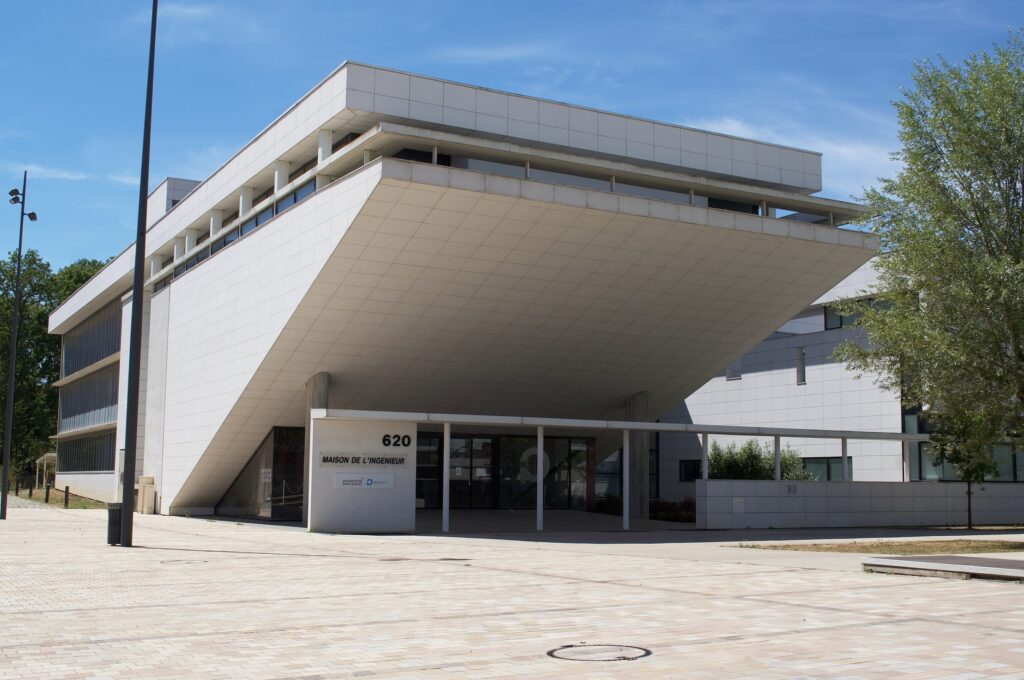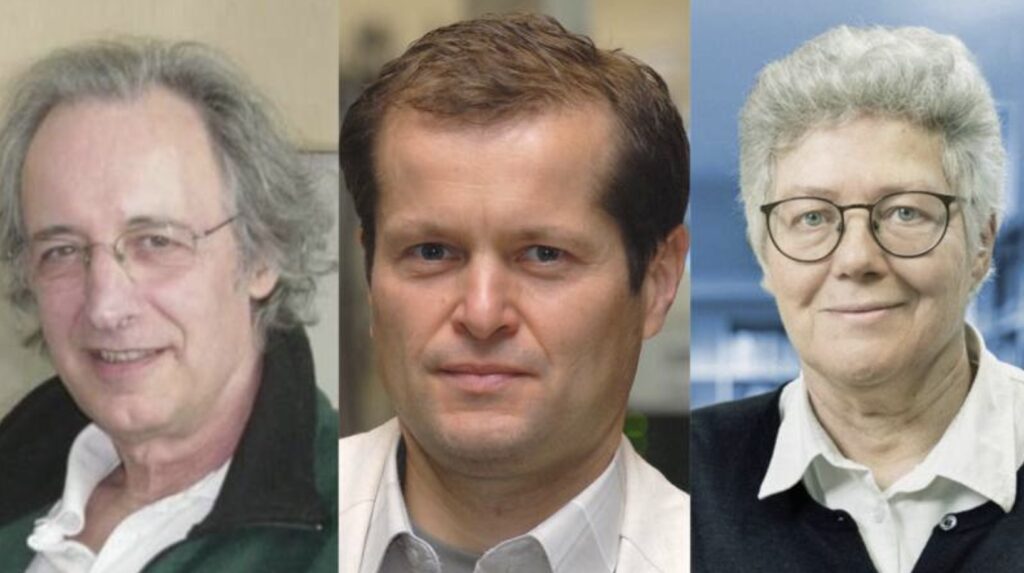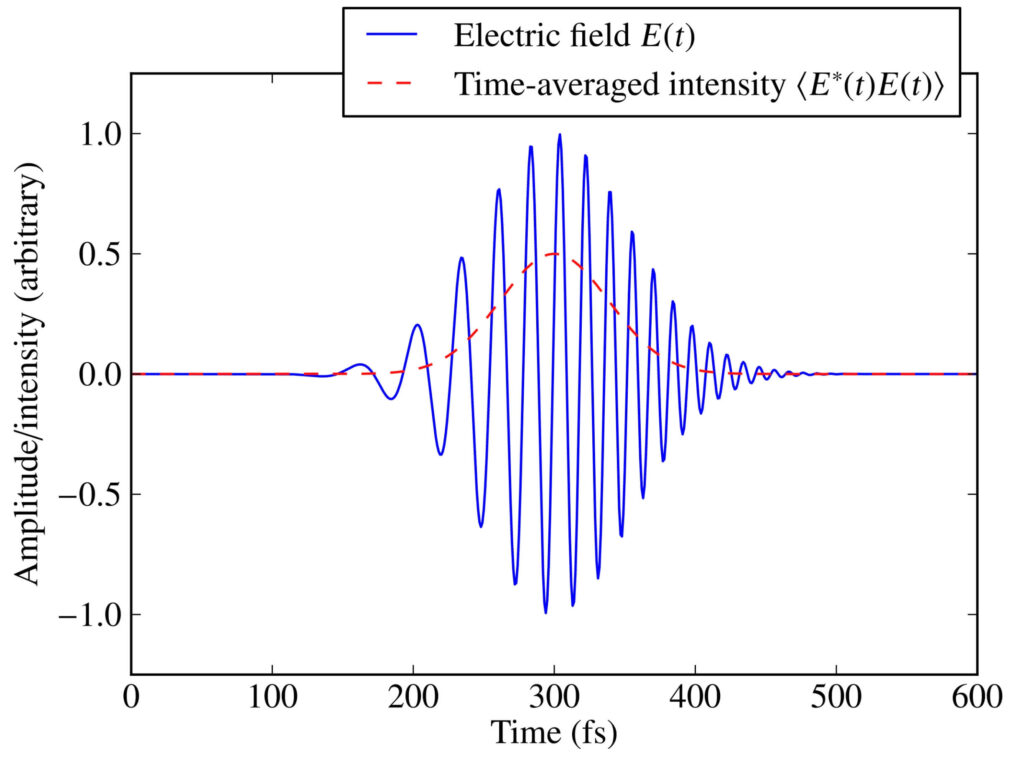Physics is a science that allows us to understand the mysteries of the universe, from vast galaxies to the smallest particles that make up matter. It is a discipline that requires precision, patience, and constant curiosity. Pierre Agostini, one of the laureates of the 2023 Nobel Prize in Physics, embodies these qualities and has revolutionized our understanding of electron dynamics.
Born in Tunisia on July 23, 1941, when this territory was part of the French protectorate, Agostini moved to France for his early education. He obtained his Baccalauréat at the Prytanée National Militaire School in 1959. His passion for physics led him to the University of Aix-Marseille, where his dedication was reflected in his rapid academic progress, culminating in a Ph.D. in 1968.
His career led him to become a researcher at the University of Paris-Saclay and later a visiting scientist at the Brookhaven National Laboratory. However, it was at Ohio State University where Agostini made significant contributions in the field of atomic and molecular physics, exploring the ultra-fast dynamics of electrons in atoms and molecules.

But what does his work truly mean, and why is it so revolutionary? Alongside Ferenc Krausz and Anne L’Huillier, Agostini has been recognized for their experimental methods to generate light pulses lasting attoseconds. To grasp the magnitude of this achievement, it is enough to say that an attosecond is so brief that in one second, there are as many attoseconds as there have been seconds since the beginning of the universe. It is, in essence, studying nature on its tiniest time scale.

These ultra-short pulses of light have allowed scientists to observe and measure how electrons move or change energy, processes that occur in extraordinarily brief times. Imagine trying to capture the flutter of a butterfly in a high-speed photograph. Agostini and his colleagues’ work is an infinitely faster and more precise version of that challenge.

Nobel Committee Chair Eva Olson explained it clearly: “We have to divide the second by 1,000 six times if we want to reach the scale at which electrons operate.” This discovery has not only expanded the boundaries of experimental physics but also opened up new avenues for future research.
The Nobel Prize is not only a recognition of excellence in research but also a testament to the lasting impact this work will have on science and our understanding of the world. Pierre Agostini and his colleagues have taken physics to a new frontier, and their legacy will be a source of inspiration for future generations of scientists.











